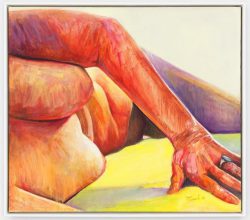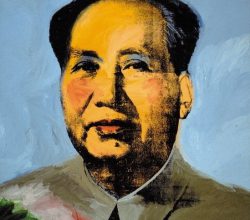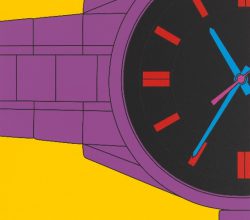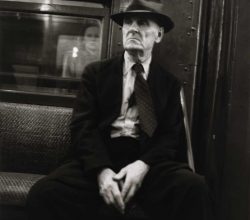
Joan Semmel
Johanna Fateman | 4Columns | 1st February 2019
A career recapitulation, of sorts. Early on, Semmel decided to paint “images that were erotic for women … reimagining the nude without objectifying the person”. For decades she has done just that, mostly painting herself, undaunted by the visible impact of ageing. She is a “rapturous colourist”, adept at showing “the carnal nature of paint. She is the anti-muse.”




